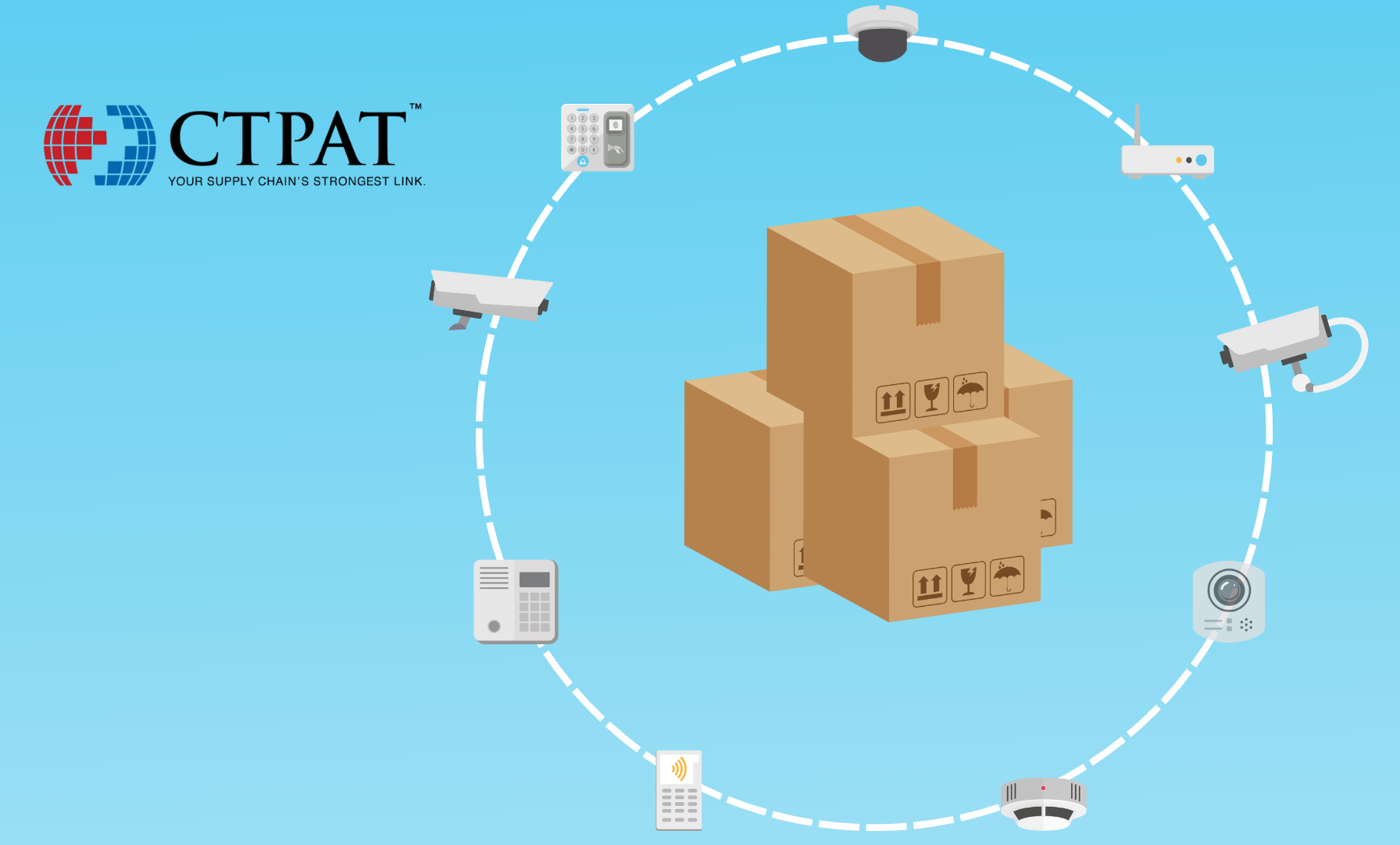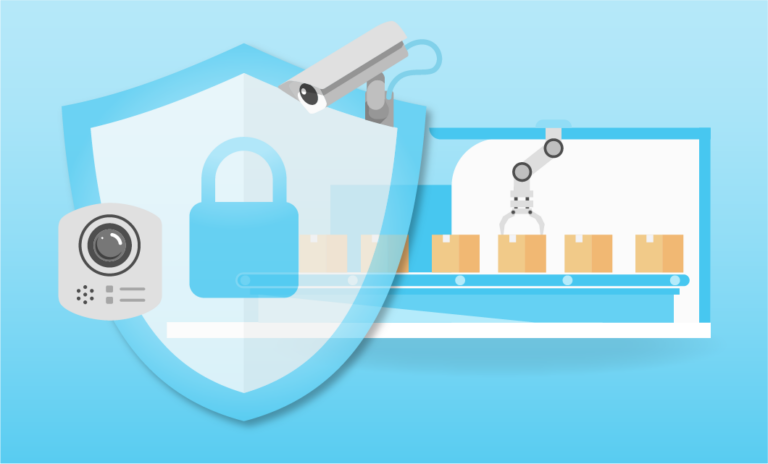
The U.S. Customs Trade Partnership Against Terrorism (CTPAT) was first established in the wake of 9/11. CTPAT certification offers significant benefits, such as faster cargo processing, fewer inspections, and a stronger reputation for security in global trade. However, these benefits come with the responsibility to maintain high standards and proactively address security risks in the supply chain. Today, a majority of all cargo imported into the U.S. is now transported by CTPAT partners.
Meeting CTPAT’s requirements as technology evolves
What exactly does it take to join CTPAT? There is no one-size-fits-all answer to that question. U.S. Customs and Border Protection (CBP) allows companies to join and stay in CTPAT on a case-by-case basis, and the “CTPAT Minimum Security Criteria” detailed on CBP’s website vary based on type of company. But supply chain security is at the heart of what CTPAT is all about. To be accepted, a company must demonstrate a commitment to maintaining security and agree “to work with CBP to protect the supply chain, identify security gaps, and implement specific security measures and best practices.”
Once accepted, companies are expected to maintain and improve their security measures continuously. Membership is not permanent—ongoing compliance ensures the company remains in good standing within the program. CBP conducts periodic validations to confirm compliance. If a company fails to meet the required standards, it risks suspension or removal from the program
Although that focus on supply chain security has been a constant since CTPAT was established nearly a quarter of a century ago, the security technology has changed dramatically since then. Companies now have far more advanced tools for protecting themselves from criminals than in 2001. At the same time, the security threats they face have gotten far more sophisticated and tech-savvy, with cybersecurity now a major concern for all types of companies.
Today, companies that deal with international shipping rely heavily on modern, connected physical security devices – not only to keep themselves safe but also to help them get (and maintain) CTPAT certification. By helping those companies uphold robust security, connected physical security devices help them streamline the process of acceptance into CTPAT and stay in the program over time.
Essential physical security tech: Surveillance, access control, and more
Various types of connected physical security devices can make a powerful difference in helping companies meet the requirements of CTPAT certification, including IP cameras, access control systems, sensors, alarms, and others. As artificial intelligence (AI) and other technologies continue to evolve, these devices continue to become even more sophisticated and effective.
Surveillance is one area in which connected devices are central to companies’ physical security. IP cameras provide footage that can be helpful in case of a security incident. They can be equipped with cutting-edge technology, such as facial recognition software that can help identify criminals. The presence of advanced security cameras can have a major deterrent effect on those who would consider committing a crime, helping reduce the risk of theft, smuggling, and other criminal activities.
At the same time, connected access control systems can help prevent crime by physically preventing unauthorized individuals from reaching sensitive areas. For shipping companies, advanced access control systems offer an efficient way to make it far more difficult for outside criminals to commit crimes at ports and in transit. They can even mitigate insider threats, both by helping ensure that only specific team members are allowed into certain areas and by creating a digital log of entries and exits. They also offer a simple and cost-effective way to revoke the access of former employees and employees who have switched roles and no longer require access to certain areas.
For any company looking to be accepted into CTPAT (or to maintain existing CTPAT certification), modern physical security technologies such as IP cameras, access control systems, and other connected devices can help by demonstrating a commitment to supply chain security. Still, it’s essential to keep in mind just how important it is to manage those devices properly, including monitoring them around the clock and maintaining them as required. Proper device management can help maximize these devices’ uptime and prevent them from being vulnerable to hackers and cybercriminals. As a result, managing physical security devices properly empowers companies to protect themselves from physical and cyber threats – helping them make their case for CTPAT certification.




